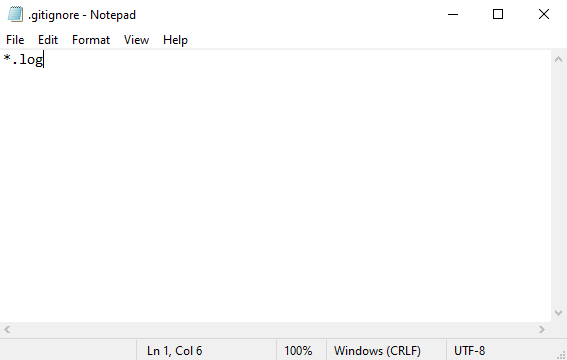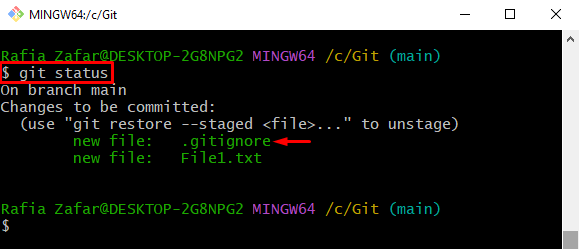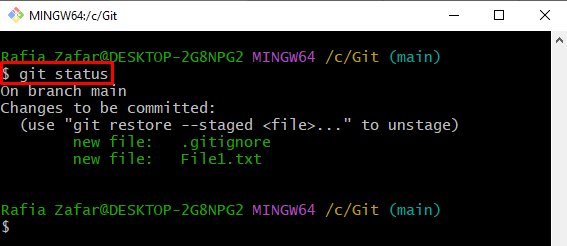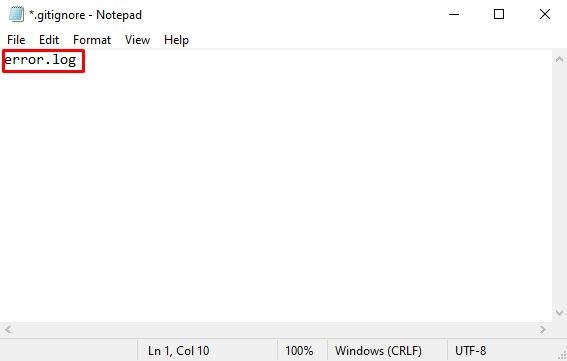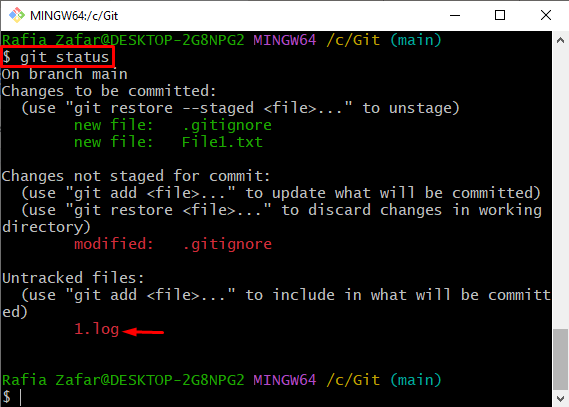Git is a famous DevOps project version control program frequently used to maintain and manage the project and its source code. Developers work with different project files in the Git working repositories, such as class files, features, functionalities, and log files. However, sometimes they do not want to commit all files from the staging area and want to ignore some of them.
This write-up will explain the method for ignoring certain files in Git.
How to Ignore Certain Files in Git?
To ignore certain files in Git or to ignore a single file, first, open the Git repository, create a new file “.gitignore” and place the file name in the “.gitignore” file to ignore that file.
Take a look at the provided procedure to ignore certain files.
Step 1: Launch Git Bash Terminal
First, launch the “Git Bash” terminal from the Start menu:
Step 2: Open Git Repository
Next, go to the local Git repository through the “cd” command:
Step 3: Create “.gitignore” File
Create a new hidden file “.gitignore” using the “touch” command:
Step 4: Start File
Start the file in the default selected editor through the following command:
Replace the file name or file extension with a “*” sign to ignore all files of the specified extension. For instance, we have ignored all log files using “*.log”:
Step 5: Add File to Staging Environment
After that, add the “.gitignore” file to the staging area:
Check out the Git repository state to verify if the file is added to a staging area or not using the “git status” command:
Here, you can see the file is successfully added to the staging area:
Step 6: Create New File
Now, create a new log file using the “touch” command:
Step 7: Verify File is Ignore or Not
Check the repository state with the “git status” command to see if the file is being ignored:
As you can see, we did not receive any untracked log files, indicating that we successfully ignored the log files:
Step 8: Create New File
Again, create a new log file. For instance, we will create the “error.log” file:
Step 9: Start .gitignore File
Open the “.gitignore” file in the default selected editor using the “start” command:
To ignore a single or specific file, replace “*.log” with the file name. For instance, we want to ignore only the “error.log” file rather than all log files:
Check the repository status again to verify if the “error.log” file is ignored or not:
Here, you can see we have successfully ignored a single log file rather than all log files:
We have taught you how to ignore certain files in Git.
Conclusion
To ignore certain files, first, open the Git repository. Next, create a new file with the “.gitignore” name. Start the file in the default selected editor using the “start .gitignore” command. Place the file name or file extension you need to ignore into the .gitignore file and save it. This write-up has taught you how to ignore certain files in Git.





